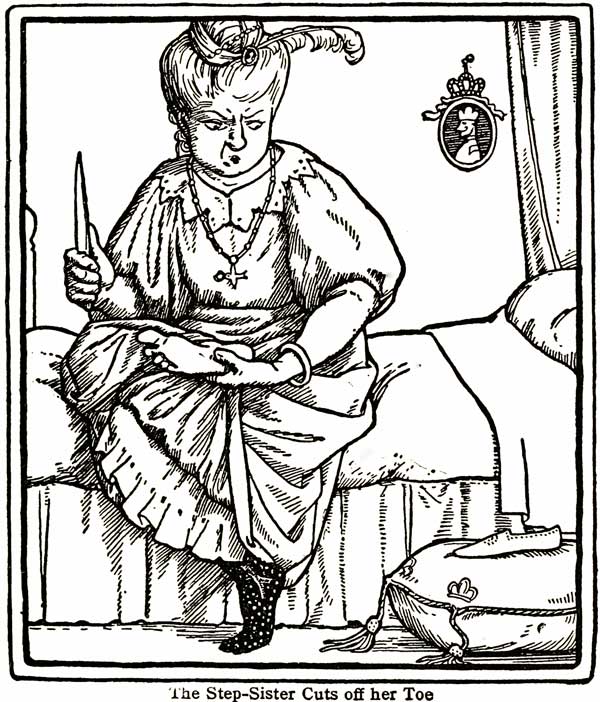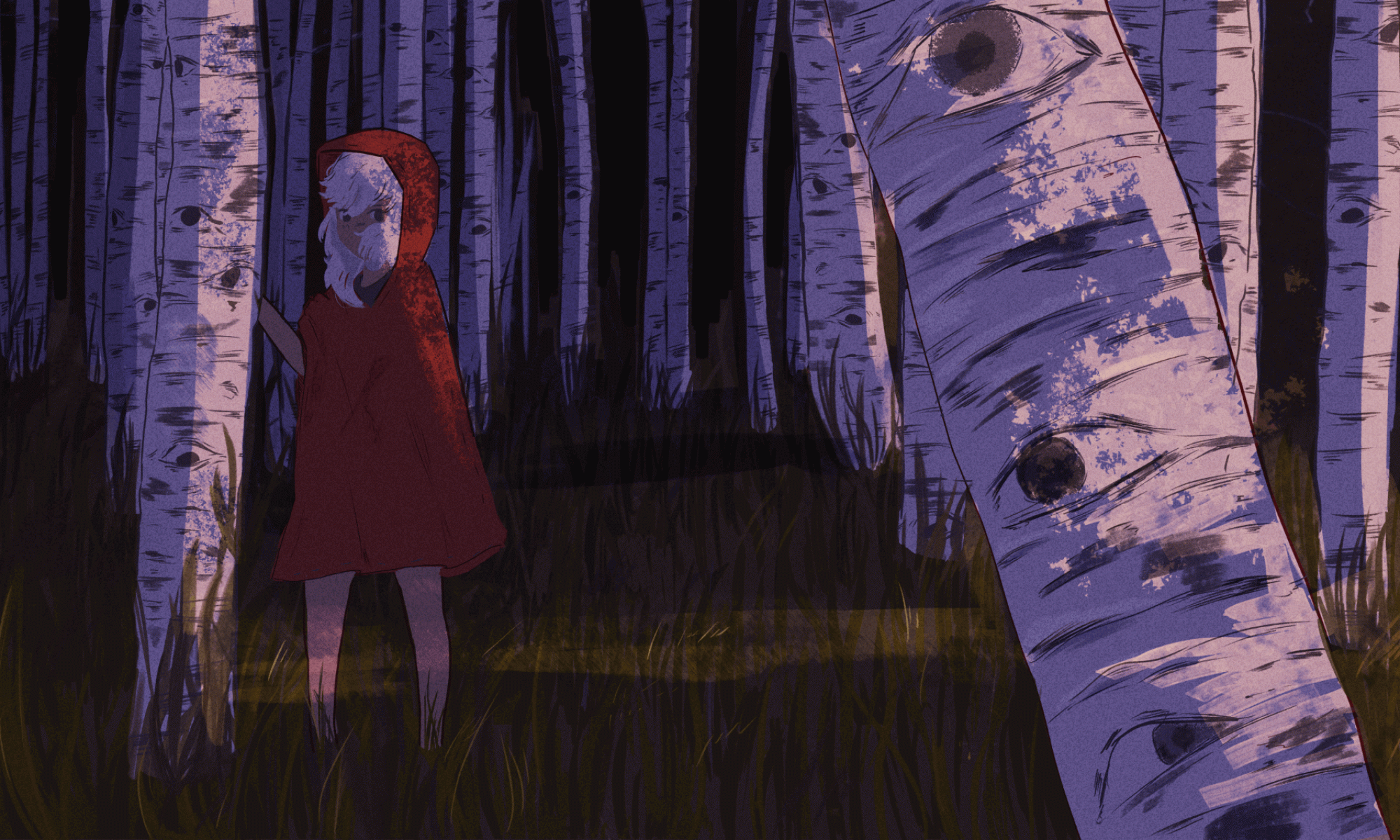A quote that stood out most to me was from the Chinese philosopher Gongsun Long discussed in Gleick’s “Persistence of The Word”. The quote poses a question: “Can it be that a white horse is not a horse?” Long elaborates on his question, “Horse is that by means of which one names the shape. “White is that by means of which one names the colour. What names the colour is not what names the shape. Hence, I say that a white horse is not a horse.” Gleick used this argument in his paper about how written language has stolen the connection and intimacy between us and the world. The fact that we are made to think and sort our world into arbitrary categories has interesting connotations and possible consequences. I think this quote stood out to me because I heard the white horse paradox when I was younger and as a kid, I thought it was hilarious. I think Gleick’s contextualization of this classic question is super interesting I would have never thought to question the system of written language.
Reflection
I found ENGL 100 probably the toughest course out of my first term in university. The readings assigned were far beyond the reading and comprehension level I’ve experienced before. I found the online format a little bit disappointing, for a class like English I definitely prefer in class discussions where I can discuss with my peers and teacher more directly about the concepts being introduced. Although I still enjoyed the thought-provoking ideas the readings provided, I just wanted more communication and connection to engage my comprehension of the subjects. I think I improved on structuring essays this term, before I generally would just write straight and wordy. My writing style was more like a transcript of my ramblings. This term I tried to be more conscious of having a clear structure in my essays. My favourite part of this course was talking about the final essay topics with my peer review partner. It was very beneficial and uplifting to talk to someone about the topics we were passionate about!
About Me
Emma Do is a Vietnamese Canadian Artist and designer who loves warm colours and soft lines. She loves expressing fantastical concepts and warm nostalgia through digital art. Born in Vancouver British Colombia and then spent her childhood in Winnipeg. Her family later moved back to BC. She is currently pursuing a Bachelor of Design in Visual Communication at Capilano University. When Emma isn’t drawing, she enjoys playing video games and sleeping in.
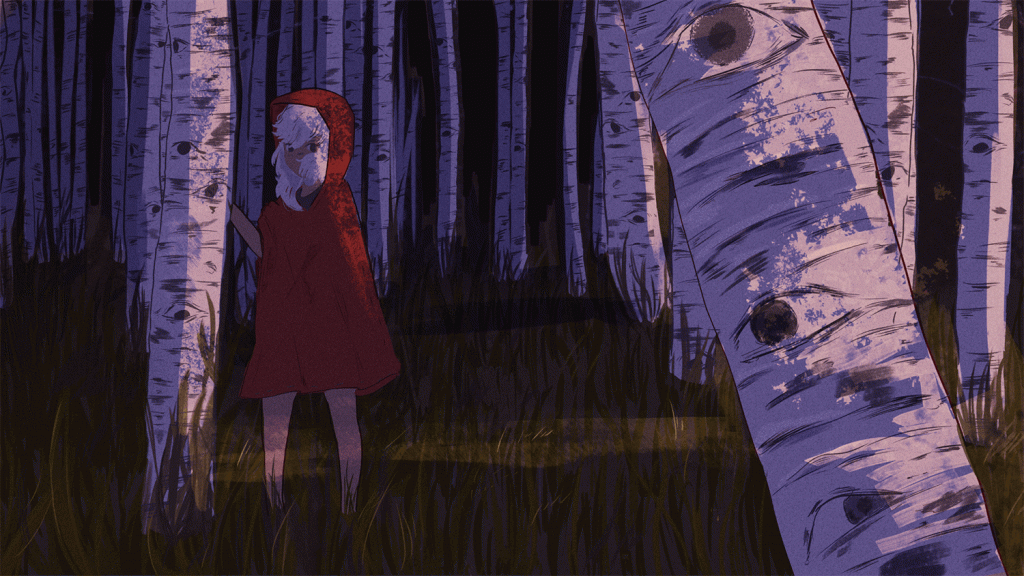
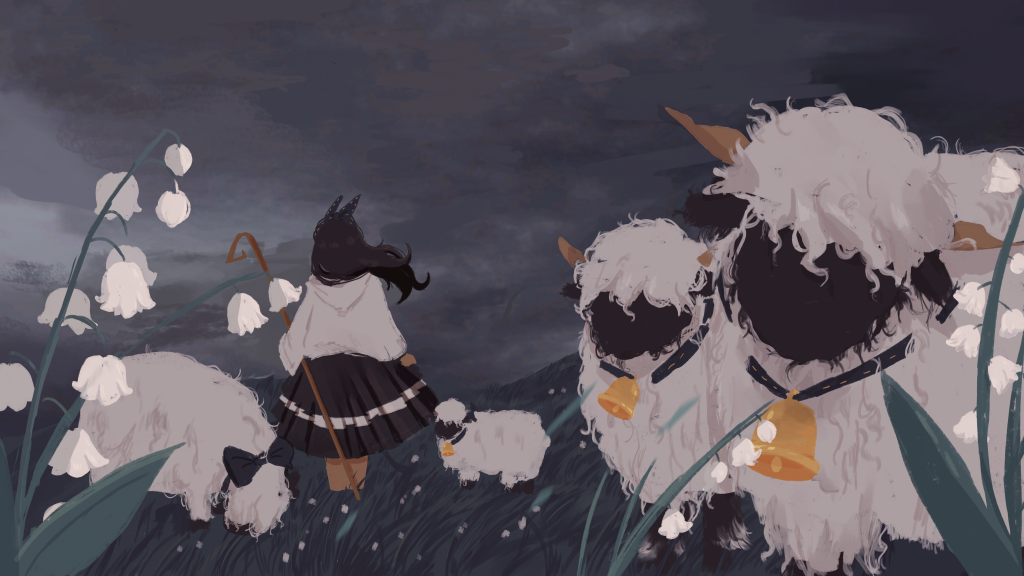

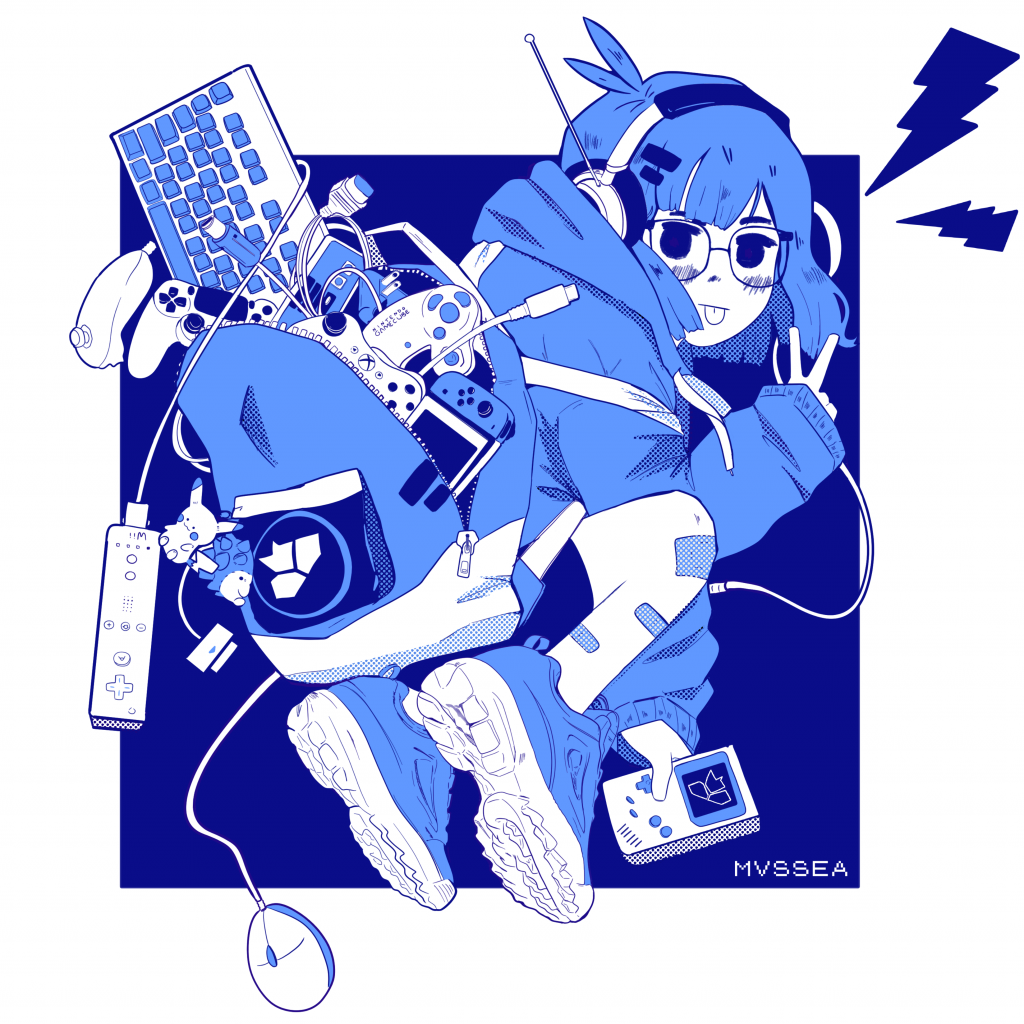
Survey #8 – The Sticky History of Band-Aids
Loved to the Point of Invention
The origin story of Band-Aids is a surprisingly rather sweet love story! Bandaids were first invented by Earle Dickinson in 1921, solely for his wife Josephine Dickinson. She was clumsy by her own admission and would often cut herself while preparing food. Bandages before Earle’s invention were just separated pieces of gauze and adhesive tape people would combine. Earle noticed that the bandage would always fall off her fingers rather easily. Earle fixed this by attaching the piece of gauze to the centre of the tape beforehand and covered everything in a fine material called crinoline to keep it clean. This easy-to-use bandage helped Josephine dress her wounds easily and quickly. It also stayed on a lot better and kept wounds more sterile. This invention was later noticed by James Johnson, Earle’s boss at Johnson & Johnson. Johnson decided to manufacture Band-Aids for the public and made Earle vice president.
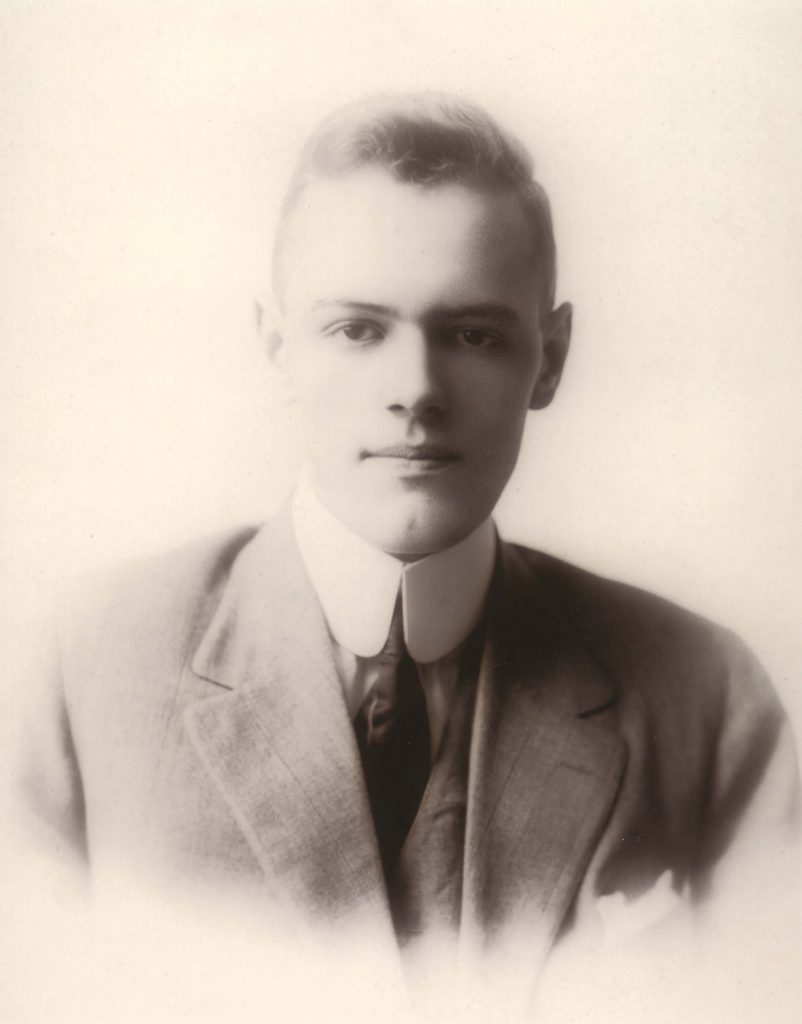
From Scouts to Soldiers
It took a while for this small household invention to become a household staple everywhere. Sales were very slow until Johnson & Johnson hatched a publicity stunt and donated Band-aids to boy scouts! Johnson & Johnson continued their trend of healthcare volunteering and supplied Soldiers who were heading out to World War 2 with Band-aids in their kits. The concept and heart of Band-aids have remained the same all these years, though Band-aids have gone through some revisions. Machine made Band-Aids were the new norm in 1924 and sterilized Band-aids hit the shelves in 1939. Further down the line Band-Aids used vinyl tape as its base instead of regular tape. Decorative Band-Aids featuring popular cartoon characters first appeared in 1951 where they printed Mickey Mouse on the bandages to cater to children.

“Flesh Coloured”
Band-Aids were often marketed as “Flesh coloured” and “invisible” and this irony was not lost to the POC community. While there are clear Band-Aids, It’s offensive and ignorant that out of all the tons of designs from peach to the dozens of cartoon characters none of the bandages are designed with black or brown skin in mind. In 2005 the company unveiled a line of band-aids that were designed with multiracial skin tones, but it was discontinued due to lack of interest. Fast forward to 2020 Johnson & Johnson released a line of Band-Aids that hues matched the skin tone of African Americans in solidarity with the BLM movement. Although, it is a good step in the right direction it’s a wonder as to why it has taken this long to be designed and released.

References
Alcorn, C. (2020, June 12). Band-aid will make black and brown flesh-toned bandages. CNN. Retrieved December 15, 2021, from https://www.cnn.com/2020/06/12/business/black-band-aids/index.html
Bellis, Mary. (2020, August 26). The History of the Band-Aid. Retrieved from https://www.thoughtco.com/history-of-the-band-aid-1991345
Bisset, C. (2018, January 22). A brief history of the band-aid, from boy scouts to Bob Geldof. ABC News. Retrieved December 15, 2021, from https://www.abc.net.au/news/2018-01-03/a-brief-history-of-the-band-aid/9271754
Vanessa Stockard
Vanessa Stockard is a renowned contemporary Australian painter. She is known for whimsical and weird atmospheres paired with a mischievous levity in her work. Stockard was born in 1975 in a small town in Australia. She spent most of her childhood engaged in creative past times such as drawing and playing the piano. Both her mother and grandmother were painters and she commonly frequented art galleries. She graduated from the College of Fine Arts in Sydney in 1998 with a BFA. She then kicked off her career by exhibiting both locally and internationally. She has been described by her contemporaries and critics as one of the most dangerous artists in the Australian and international scene.
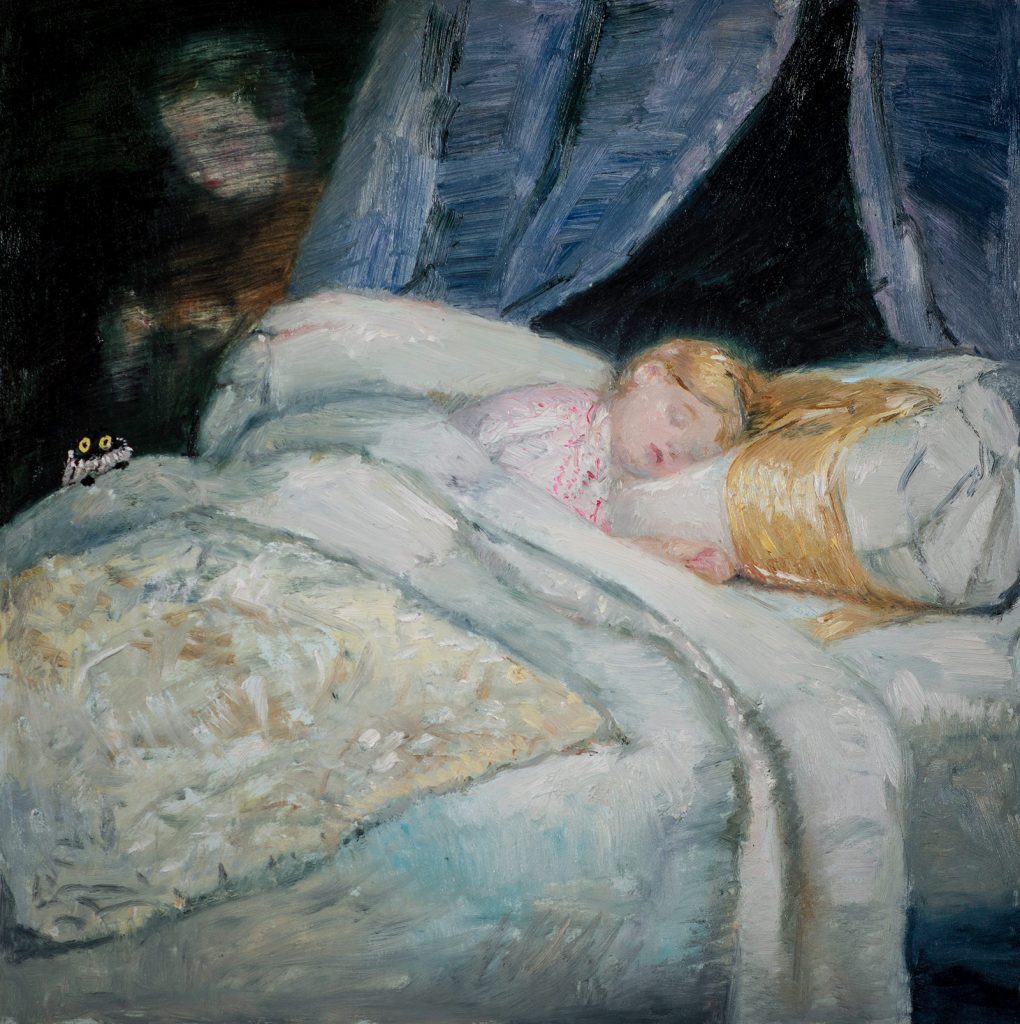
Stockard’s art is rife with colour and texture. Her paintings have a unique way of eliciting people’s emotions may they be unsettled or swooning from the cuteness. Stockard has been noted to say her art is mainly inspired by her slow country life. She really strikes a chord with her audience, drawing them into her weird but quiet world.
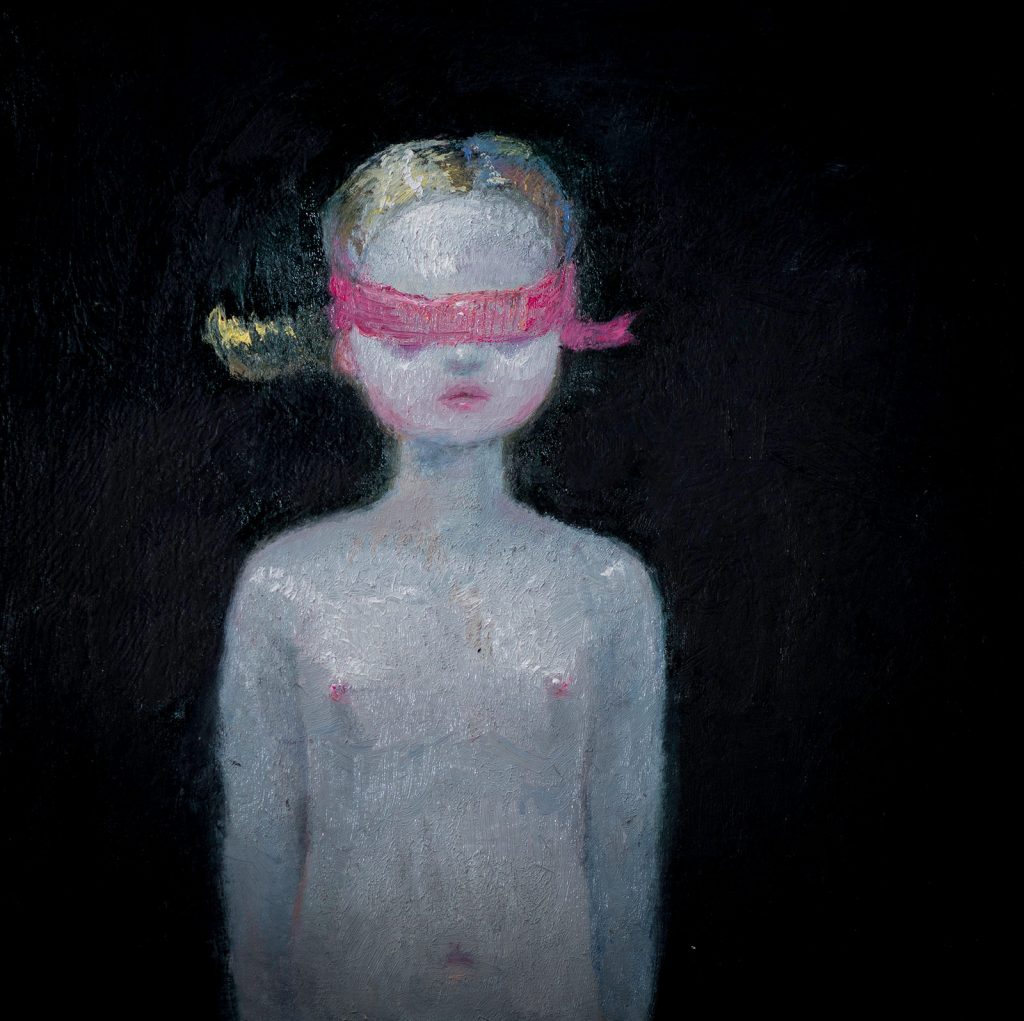
Stockard is most known for her reoccurring character she sneaks into her art, the cat Kevin! She grew up with a black cat and finds that cats are endlessly amusing. Kevin isn’t based on a real cat but instead one day she mistook a sock as a cat from a distance and that was the illogical inspiration for Kevin.
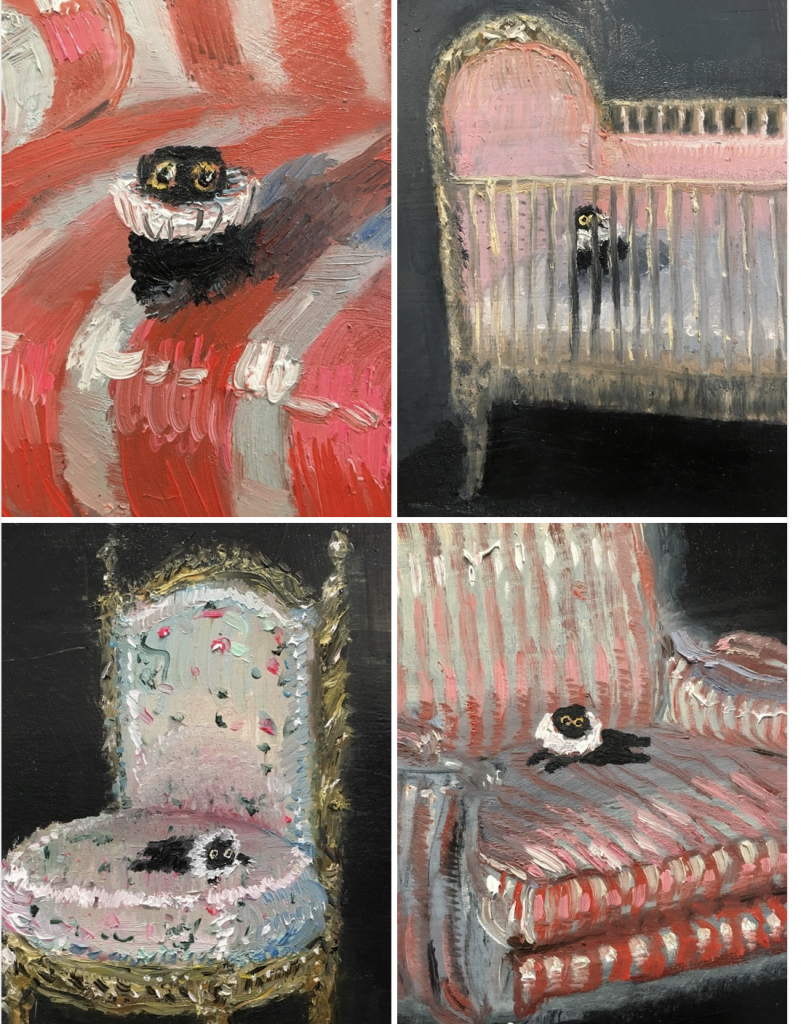

I personally really love Stockard’s entire line of work. My favourite works of hers is the Kevin series! I think Kevin captures the ethos of cats perfectly and his round, expressive eyes remind me of my cat. I think the fact that I saw her art passing by one day years ago and her work sticking with me this whole time is a testament to how charming and memorable her paintings are.
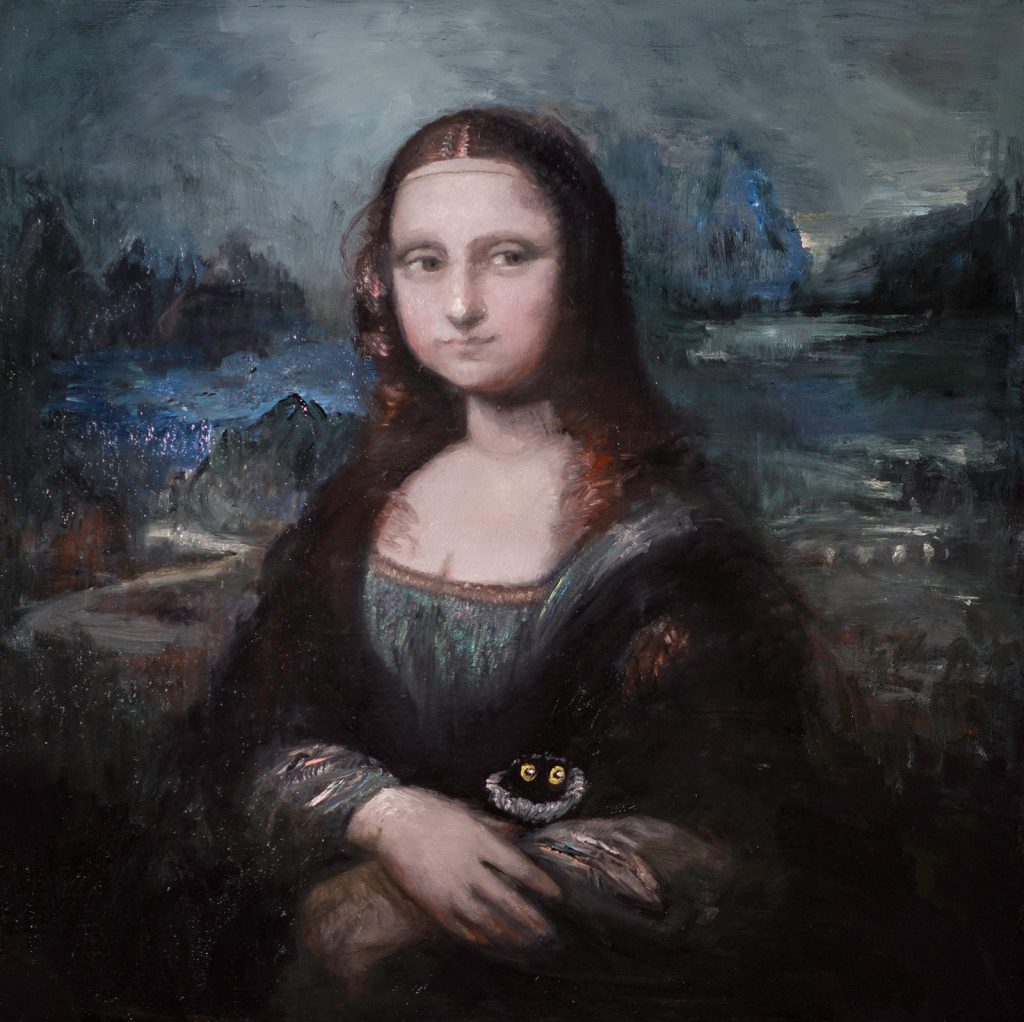
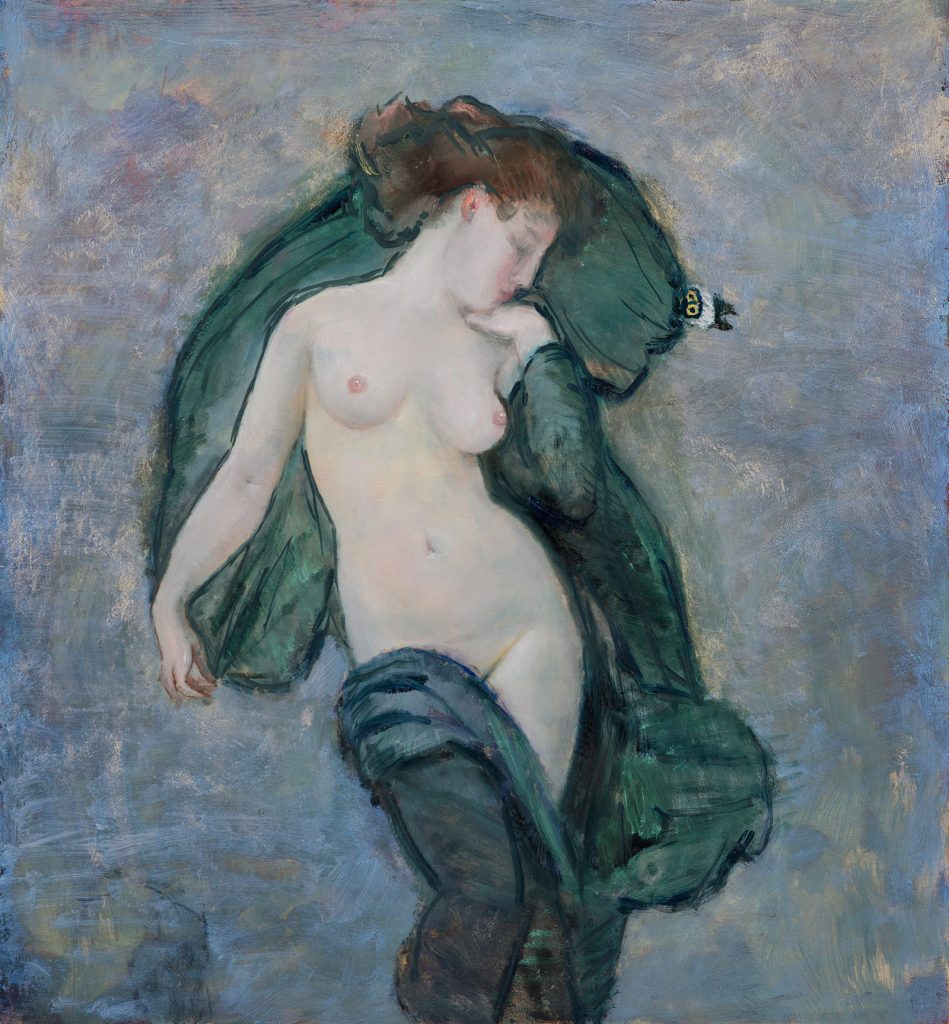
References
Kalvelytė, J. (2021, December 12). Vanessa Stockard: Metal magazine. English. Retrieved December 12, 2021, from https://www.metalmagazine.eu/en/post/interview/vanessa-stockard.
Vanessa Stockard. JEFA Gallery. (n.d.). Retrieved December 12, 2021, from https://www.jefagallery.com/artists/vanessa-stockard/.
A Font of Knowledge
For this last project my concept was to merge my timeline with my title. I thought that a good way to convey type evolving was to see the gradual shift literally! I chose my title “A Font of Knowledge” because of the obvious pun and it had coincidentally sixteen letters so I could dedicate two letters to each type. I really liked my concept this time around! Although, I think my execution was a bit lacking in some places My hands started cramping up when I was writing my notes so I elected to just write in my normal hand writing, which is truthfully atrocious. I think I should have budgeted my time better and paced myself so my hand would be able to deliver better handwriting. I also probably could’ve chose a smaller size of paper, but I was really enthusiastic to make my title giant. I probably should’ve made the top title smaller to not compete with my main title. Another possibility could’ve been to frame my notes in themed frames that match the type! I spent 7 hours on this project and I’d give myself an 8/10.
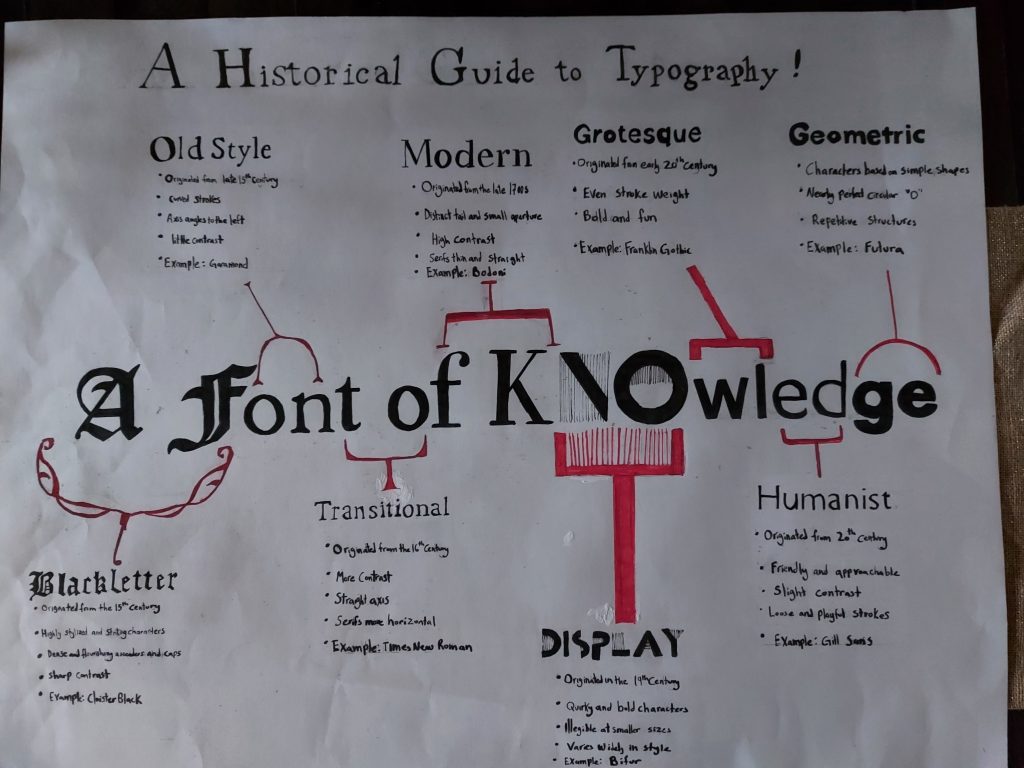
Marie Françoise Gilot
Françoise Gilot is a French cubist painter, she was born in Neuilly-sur-Seine, a commune in France in 1921. Today she is still alive and painting at age ninety-nine! Gilot’s father was a strict businessman while her mother was a watercolour painter. At a young age Gilot knew she wanted to be a painter, but her father was against this notion and pushed her into law. She started law school in her late teens. Gilot then dropped out when the Germans invaded Paris for security reasons but also to follow her true passion in art. Gilot met Picasso in a café in 1943, she was twenty-one while he was in his sixties. They started an affair that lasted ten years and had two children. But Picasso grew to be tyrannical and abusive, so Gilot chose to end it. She was notably his only mistress to be the one to walk away from him, in retaliation Picasso drove her out of France by badmouthing her to the whole industry. To escape Picasso’s influence, she moved to America and ever since has enjoyed a successful career and life.
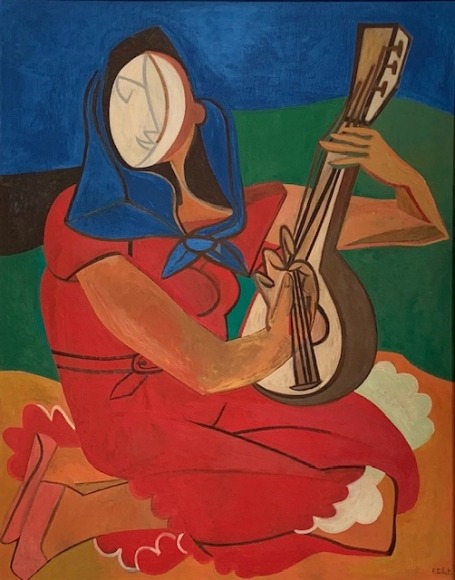
Gilot’s art is bold and confident, much like the artist herself. She tends to gravitate making primary colours the star of the show. Many ask her if Picasso was her main influence, but she has asserted that she only studied his art as much as any other painter at the time. If anything, meeting Picasso made her retract into her own style. Picasso’s biographer John Richardson has corroborated this saying: “Picasso took from her rather more than she took from him.”.
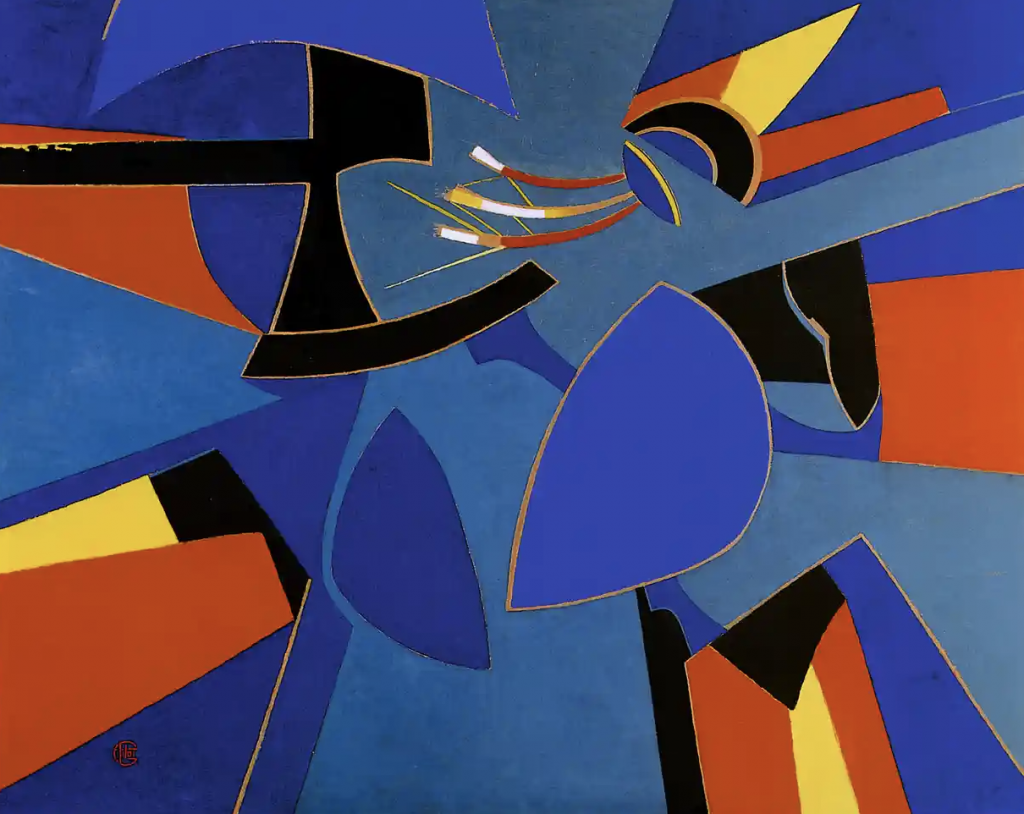


My favourite piece of hers is this portrait. I’m drawn to her use of contrasting blue and yellow, the added square patterns is also very eye catching and interesting.
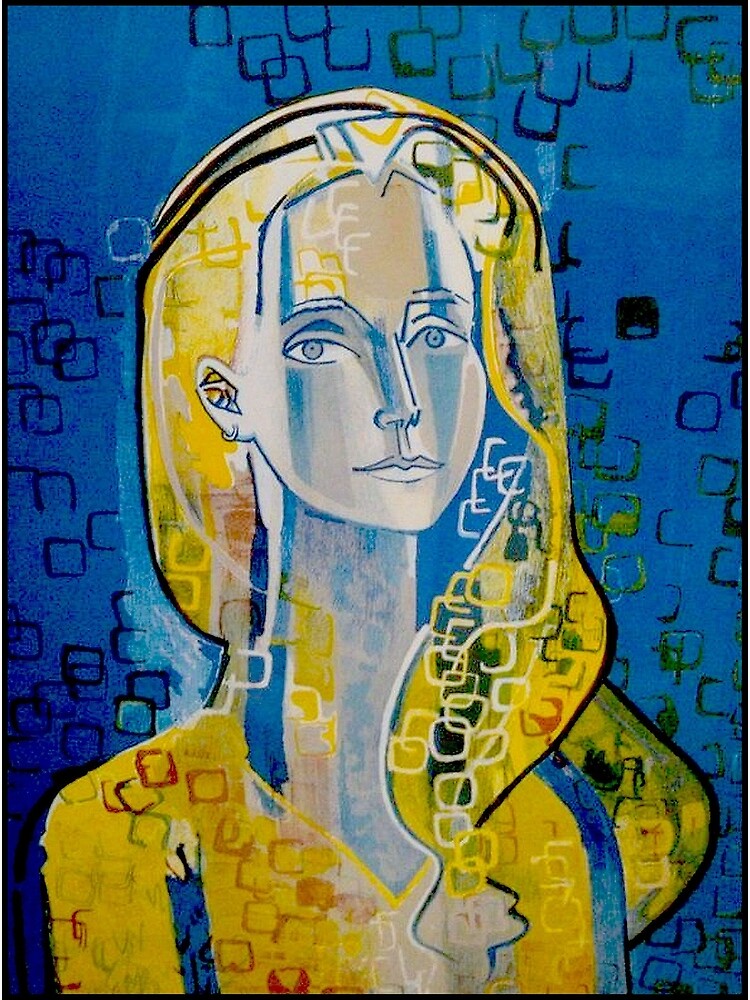
References
© Boris Lipnitzki / Studio Lipnitzki / Roger-Viollet. (2020, October 9). At home with Françoise Gilot. Curbed. Retrieved November 22, 2021, from https://www.curbed.com/2020/10/inside-artist-franoise-gilots-apartment-and-art-studio.html.
Françoise Gilot. Artnet.com. (n.d.). Retrieved November 22, 2021, from http://www.artnet.com/artists/fran%C3%A7oise-gilot/.
Guardian News and Media. (2016, June 10). ‘it was not a sentimental love’: Françoise gilot on her years with Picasso. The Guardian. Retrieved November 22, 2021, from https://www.theguardian.com/artanddesign/2016/jun/10/francoise-gilot-artist-love-picasso.
Survey #6 – Stitching Comfort – The Creation of Teddy Bears
Proto-friends
Teddy bears and by extension plush animals are so engraved in our culture it seems that we were never without them. A child automatically must have at least one favourite stuffed friend it’s practically a childhood constant. A soft friend dulls the rough edges of life, a world without our cotton companions seems rather grim. A predecessor to stuffed toys originated in ancient Egypt where they would carve dolls of people and animals out of wood and clay. These toys have been found to date back to 1100 BCE. A more direct predecessor to stuffed animals are rag dolls! Ragdolls are dolls made from pieces of clothes; the oldest rag dolls were once again found in Egypt around the 1st to 5th century. They were inexpensive to make, making them accessible to all social classes. When mass production of dyed fabric became more common in 1830, rag dolls became even more accessible. They were used as both an object for playing and a tool for education. Children were encouraged to repair their dolls themselves and make new clothes, teaching children how to both sew and nurture.
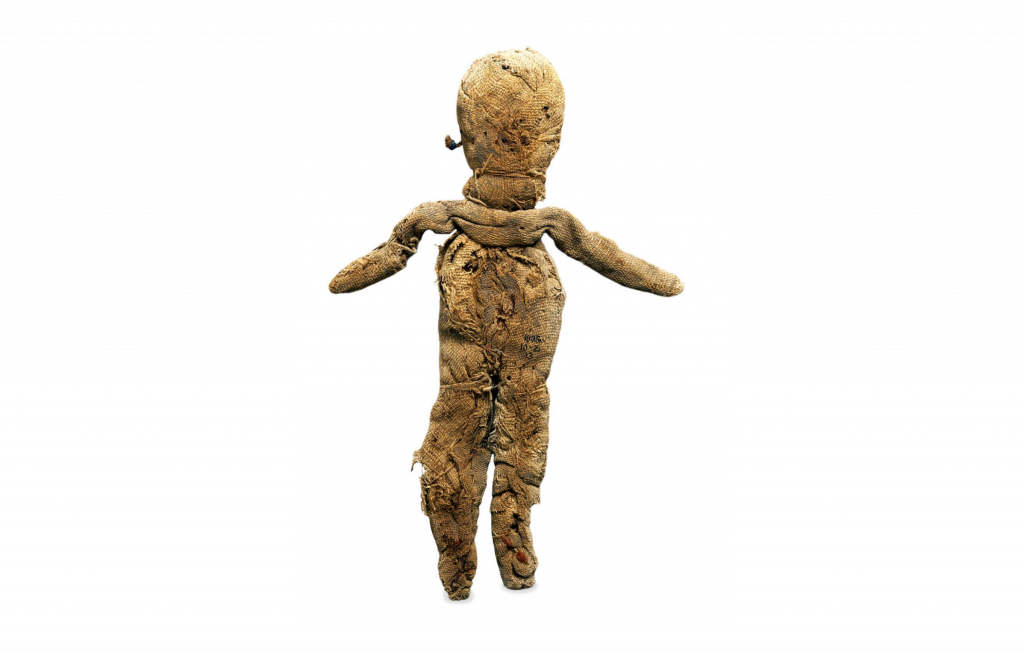
How Elephants Changed our Childhoods
Appolonia Margarette Steiff is the woman often credited to be the creator of the first stuffed animals. Steiff was born on July 24th 1847 in Giengen an der Brenz, a town in Germany. When Steiff was just 18 months old, tragedy struck. She fell ill with polio, which left her completely paralyzed in her left leg, and restricted use of both her right leg and right foot. Although her family supported therapy and surgeries nothing helped Stiff’s mobility issues. At age 17 Steiff went to sewing school. By 1877, Steiff became a local tailor in her studio at home. On a faithful day Steiff found a cloth elephant pattern in a magazine, inspired by this she made some plush elephants and sold a few as a hobby. They were an instant hit with children and Steiff added more animals that she’d sew. Margarete Steiff Toy Company was then founded in 1880.

The Hunt for Teddy
Almost instantaneously, In 1902, a toymaker and Russian immigrant Morris Michtom saw a political cartoon about how President Theodore Roosevelt fought verbally against his hunting team on killing a bear cub. Teddy famously showed compassion to the cub when no one would. This political cartoon inspired Michtom to make the first teddy bear! The name teddy bear originates from Theodore Roosevelt himself.
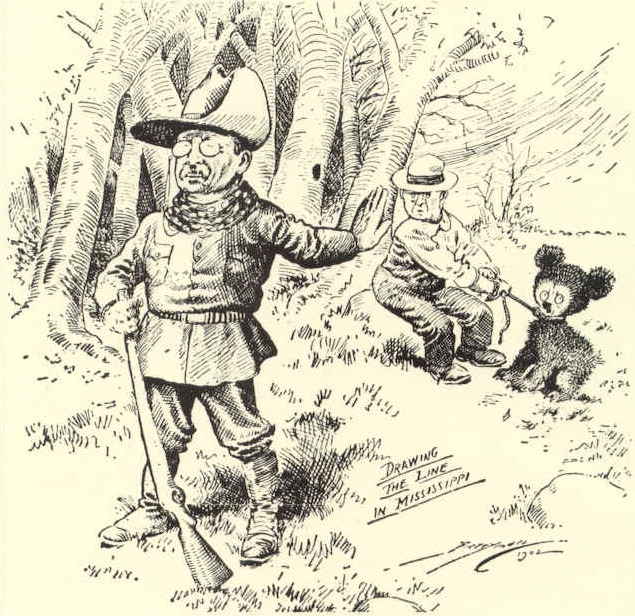
References
History of the steiff teddy bear. Lili on the Loose. (2016, December 11). Retrieved November 18, 2021, from https://liliontheloose.com/2016/03/19/history-of-the-steiff-teddy-bear/.
Pim RazenbergContent creator Pim Razenberg is an experienced traveller who’s been roaming the planet for many years. After a stint in the Dutch film industry. (2021, June 14). Where do stuffed animals come from? The Bite-Sized Backpacker. Retrieved November 18, 2021, from https://www.thebitesizedbackpacker.com/stuffed-animals/where-do-stuffed-animals-come-from/.
Pitocco, J. (n.d.). The fascinating story of Margarete Steiff, 1847 – 1909. Steiff USA Online Shop. Retrieved November 18, 2021, from https://www.steiffusa.com/press-releases/the-fascinating-story-of-margarete-steiff-1847-1909/.
Historical Artifact Reflection
For my historical artifact I chose wax seals admittedly on a whim, I knew on a surface level I thought they were aesthetically pleasing, but I was very surprised to see how much wax sealing is connected to visual communication. I think out of all the projects thus far I was the most engrossed in this research than any, because of the revelation that seals were the start of branding as a whole.
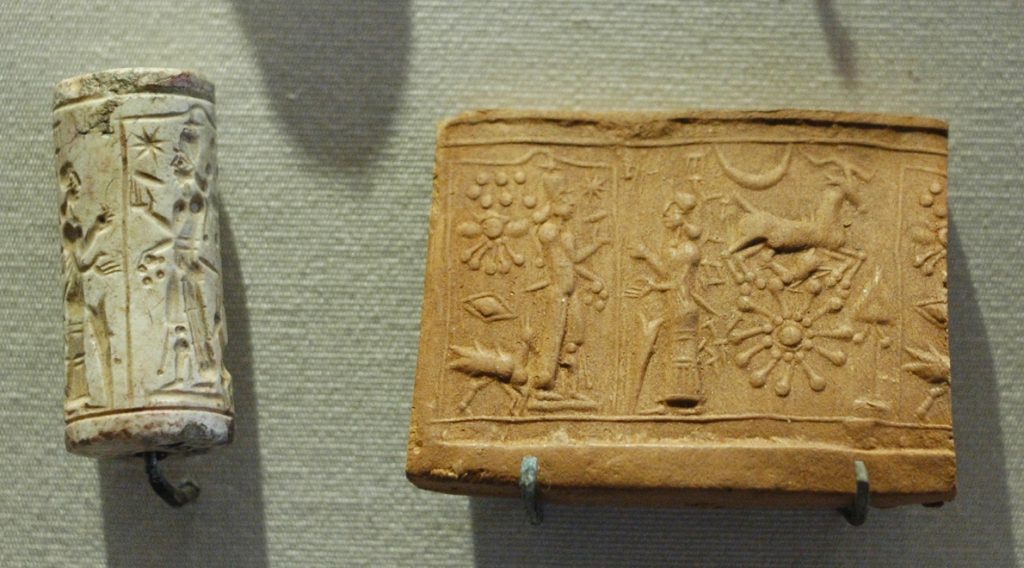
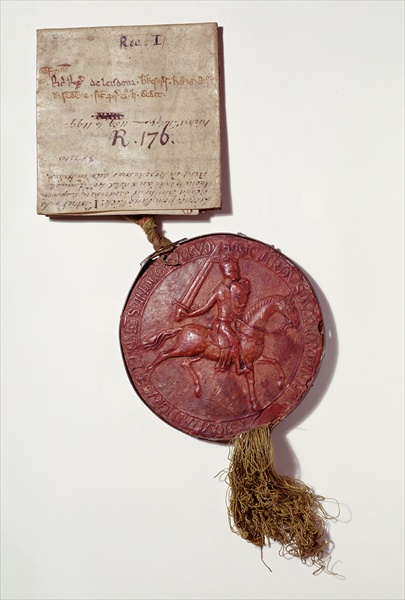
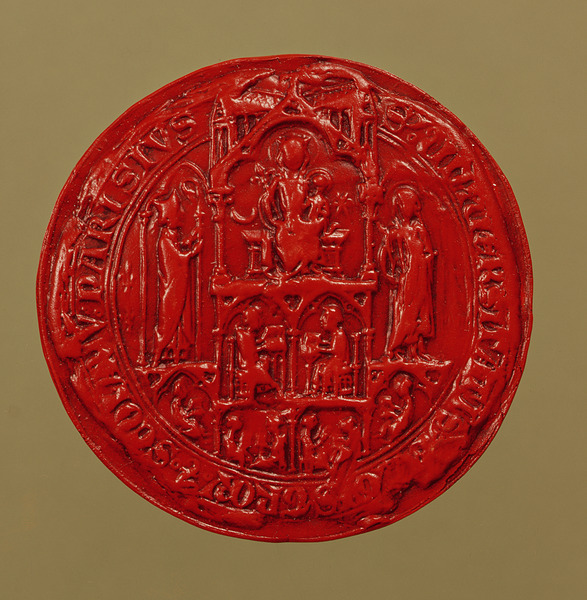
I also greatly enjoyed the process of making a wax seal, I never thought I’d do something like this. It was a nice challenge! I sculpted the stamps out of clay and carved and pressed designs into it before baking. After the stamp set, I placed wax beads into a metal spoon over a candle. As the wax melted I poured it onto the paper and pressed my stamp onto it. It’s a relatively simple process but some things made me have to try multiple attempts. Sometimes the wax would be too runny when I left it on the candle too long so it would show the paper through in some spots. I have also run into a problem with the stamp, where I forgot to dunk it in oil before pressing it into wax and after all the wax stayed and got stuck in my stamp! In a panic, I tried to hold my seal over the candle to get the wax out, but it just ended up burning my stamp, forcing me to make a new one. I enjoyed the whole process nonetheless.

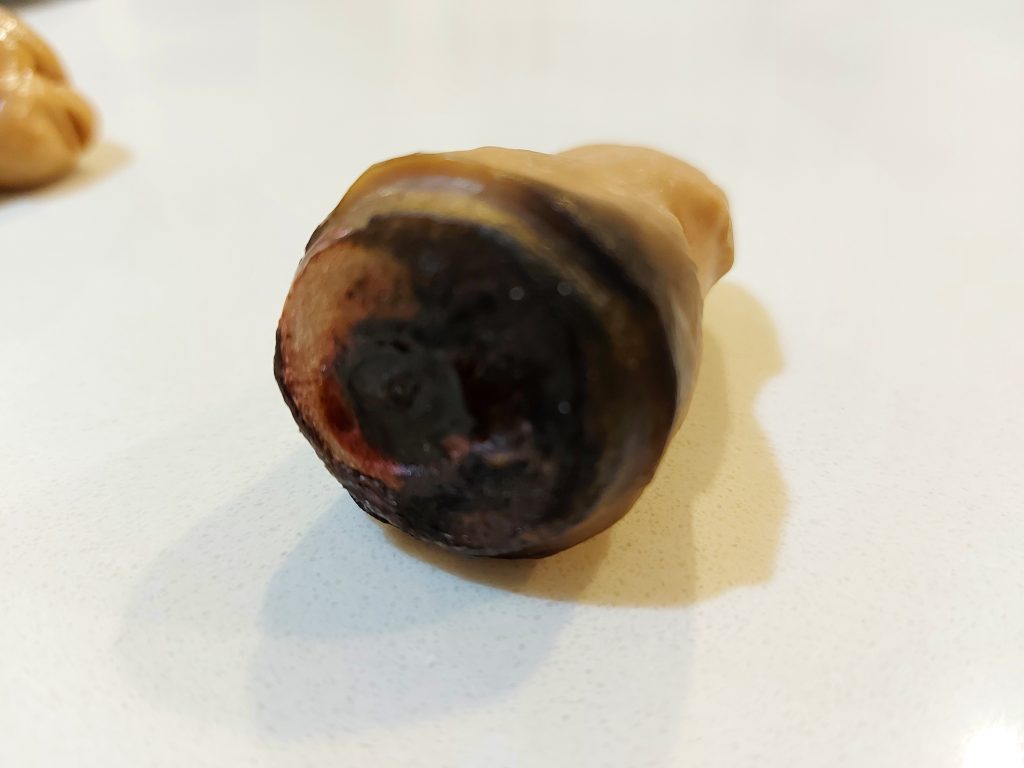
My two wax designs are a bow and an owl. I had both an owl and bow charm that I could press into the clay, like how people in the middle ages used their jewellery to imprint seals. I think they both turned out quite nicely.
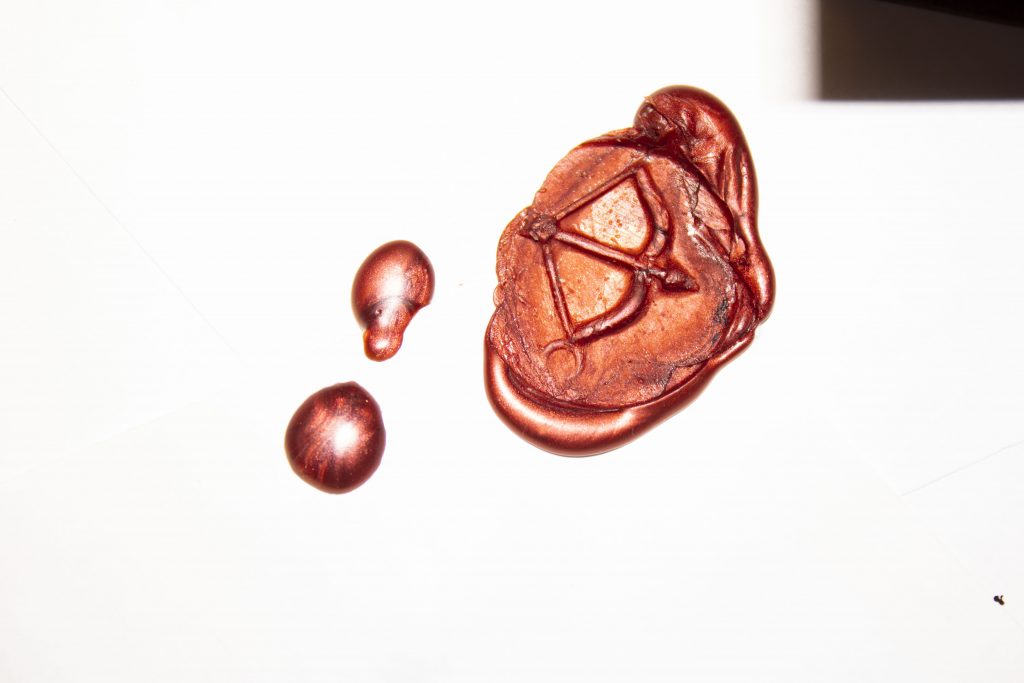

For my picture, I set up my artifacts and label on my wooden table to enhance the rustic look of it. I also added an ink bottle with a calligraphy pen and an oil lamp to add to the accuracy of the time period. To make my label fit more naturally in with the picture, I chose a cursive font and added ink splotches around the edges.
The only major gripes I had with my performance is trying to find more time in the week to design a family crest to showcase more variations of the trends of designs prevalent in wax seals. I also think that my composition in my photograph, although atmospheric, doesn’t showcase the details of my wax seals the best. I spent 10 hours on this project and I’d give myself an 8.8/10.
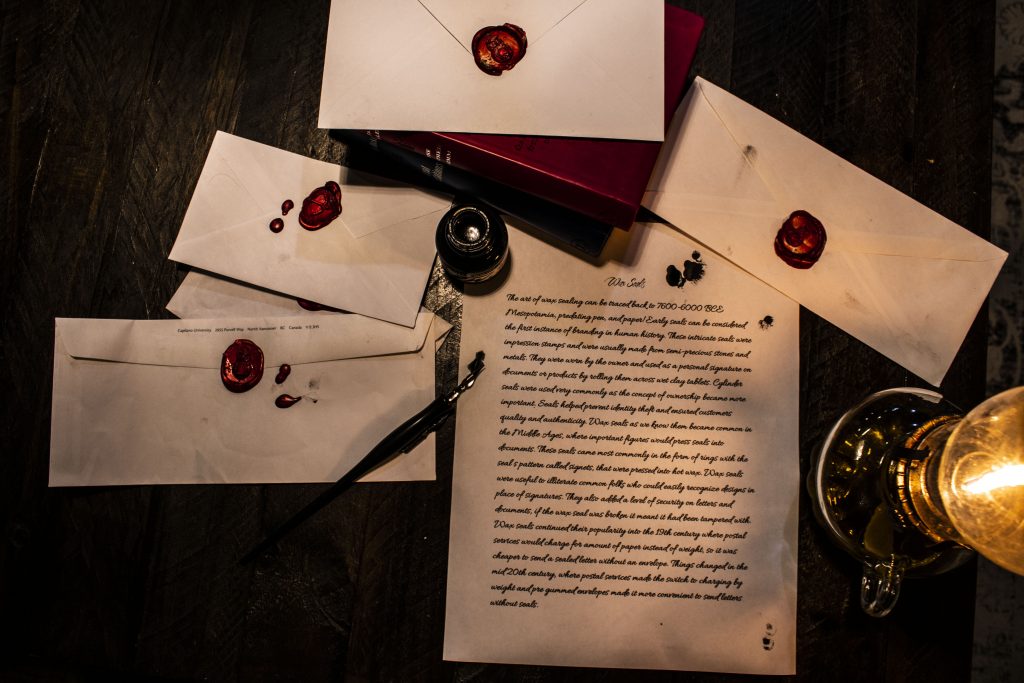
References
Encyclopædia Britannica, inc. (n.d.). Sealing wax. Encyclopædia Britannica. Retrieved November 10, 2021, from https://www.britannica.com/technology/sealing-wax.
The history of Wax Seals and sealing wax. ARTISAIRE. (n.d.). Retrieved November 10, 2021, from https://artisaire.com/blog/the-history-of-wax-seals-and-sealing-wax/.
Mark, J. J. (2021, November 8). Cylinder seals in ancient Mesopotamia – their history and significance. World History Encyclopedia. Retrieved November 10, 2021, from https://www.worldhistory.org/article/846/cylinder-seals-in-ancient-mesopotamia—their-hist/.
Mesopotamian cylinder seals. History. (2017, May 11). Retrieved November 10, 2021, from https://www.historyonthenet.com/mesopotamian-cylinder-seals.
Survey #4 – The Creators of Your Childhood: Brothers Grimm
Fairy tales before Grimm
Of course, it’d be preposterous to say that every fairy tale started with two brothers. Ancient stories have been told exclusively orally thousands of years ago. Because of this, it’s hard to know who created these stories, and the context surrounding them. The start of our knowledge of these tales begins before the Judaeo-Christian era; scribes began documenting various aspects of their culture including religious anecdotes and folktales. The recording of these stories has been highly influential to humanity. They preserved the tales and knowledge for future generations. Because these once exclusively oral stories went through adaptations they slowly morphed through every iteration. These stories also influenced each other and sometimes melded together. Fairy tales and folktales have been so prevalent throughout history even out-dating writing, it’s as if storytelling is an inherent nature of humans.

Literary Masters
“Brothers Grimm” refers to Jacob and Wilhelm Grimm. Jacob and Wilhelm were born in Hanau a town in Germany. Jacob was the more book smart of the two while Wilhelm had an artist’s heart. They were the oldest in the family out of five siblings, so they were both saddled with the responsibility of the family after the death of both of their parents. Jakob and Wilhelm Grimm attended the University of Marburg and both found their love of history and folk poetry there. After graduating they continued their literary research and took on a project to collect historic folk songs in 1805. This project was a launching point for the brothers, they would continue to record fairy tales from different backgrounds and points in time. The Grimm brothers later published this collection under the name “Kinder- und Hausmärchen”. The book held two hundred tales including “Snow White,” Sleeping Beauty,” and “Little Red Riding Hood. The brother’s main goal was documenting the imagination of humanity, and ethos of the culture and time the stories were born in.

Grim(m) Stories
The original Grimm fairy tales are now known to be infamously dark compared to the versions we are exposed to these days. These stories would not shy away from graphic violence, sexual assault, incest, and child abuse. Although interestingly, the Grimm brothers already slightly toned down the tragedy in these stories. Today we find these texts shocking and disturbing, especially for media aimed at children but at the time these fairy tales were already the sanitized version.
